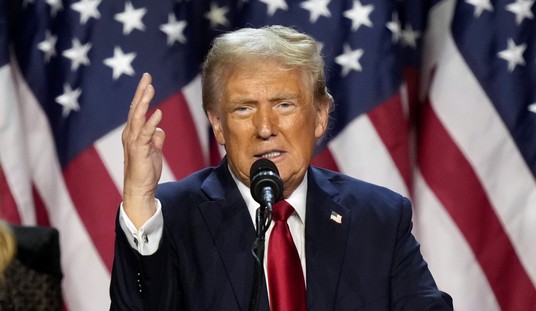When Michael Moore looks at a skyscraper, he sees a bloated monument to rich investors. He becomes nauseous and his lunch floats back up into his throat as he imagines the tenants who can afford Class A rent: Tenants like a semi-retired banker and his entrepreneurial son who watch the sun rise from their 92nd floor office suite while their assistant pours cold, crystal-clear water into tall glasses holding cucumber slices.
“Hmmm, how can I knock that tower down and humble those richies?” Moore wonders to himself. “I certainly can’t push it over. I’d have to give up my breakfast of chocolate covered bacon and hit the gym every morning. Way too much work for a big boy like me. … I’ve got it! I’ll ask the President to push for eliminating the carried interest tax break!”
Moore detests buildings that stand as public monuments to capitalism. In fact, he wrapped the New York Stock Exchange building in crime-scene tape for his movie, Capitalism: A Love Story.
Hollywood elites like Moore and his fans at The New York Times imply that legitimate tax incentives for entrepreneurial risk—like the carried interest tax break—are “loopholes.”
The term “loophole” confuses Americans into thinking that wealthy entrepreneurs are cheaters on par with the 5th grade bully who brazenly steals little Ashley’s sandwich out of her hands and takes his first pilfered bite before her astonished eyes.
Rush Limbaugh explained the carried interest tax break on his July 8 talk show:
“Obama … has made this official in 2009 budget documents he’s presented that he wants to get rid of the carried interest tax break for hedge funds, private equity groups, and commercial real estate people. …essentially carried interest is profits for original investors in hedge funds, private equity firms, (and) commercial real estate that is at present taxed at capital gains levels, and they want to convert this to ordinary income, which would move it up to about 35 (percent) and then eventually 39.6 if Obama gets his tax increase wish, which would shut down commercial real estate investment.”
Recommended
Limbaugh is right. Unlike other investments, commercial real estate cannot easily move overseas. U.S. developers can’t just start developing in India or China overnight. Commercial real estate investment thrives or dies here in America.
Entrepreneurial ventures such as commercial real estate developments are risky. If we want to create jobs, we must incentivize entrepreneurs to take risks.
Let’s say you want to develop an office, retail or industrial building. Before you can build, you must accept long-term, unforeseeable risks from environmental contamination, lawsuits, debts and construction delays. These liabilities mean your income stream is uncertain. You will want a financial incentive to accept these risks.
The current carried interest tax rate sits at a capital gains rate of 15 percent to incentivize general partners like developers to put their names and fortunes on the line to build projects that create countless jobs.
The commercial real estate industry directly creates white-collar jobs for leasing agents, property managers, mortgage brokers, owners, investors, bankers and asset managers. It also sustains jobs for those who depend on the health of commercial real estate such as architects, lawyers, consultants, insurance brokers, appraisers and marketing professionals. Lastly, a multitude of blue-collar resulting services such as construction and landscaping depend on commercial real estate.
The mainstream media contends that eliminating the carried interest tax break would only hurt hedge fund managers on Wall Street. Yet, the largest commercial real estate development association, NAIOP, reports U.S. Treasury data showing that over 46 percent of all partnerships are real estate partnerships, and carried interest plays a vital role in a large number of them. Furthermore, when the economy is healthy, commercial real estate creates over nine million American jobs and accounts for nearly one-third of U.S. GDP.
Sadly, June’s job report revealed that the U.S. added a meager 18,000 jobs and lost 9,000 in construction. “…with the national economy’s accelerating recession, non-residential building construction outlays fell by 20.4 percent in 2009,” explains Dr. Stephen S. Fuller in his 2010 NAIOP study on the economic contributions of commercial real estate development and construction. So why would the White House want to remove entrepreneurial incentives?
The Washington Times offers a solution: Comprehensive tax reform that improves economic performance, not arbitrary tax hikes on industries like commercial real estate just to cut a budget deal.
In Ayn Rand’s novel The Fountainhead an entrepreneurial developer predicts: “The age of the skyscraper is gone. This is the age of the housing project. Which is always a prelude to the age of the cave.”
Americans prefer working in office towers to bat caves. It’s time for Michael Moore, journalists and politicians to acknowledge that incentives like the carried interest tax break create jobs and fuel our economy.
























Join the conversation as a VIP Member